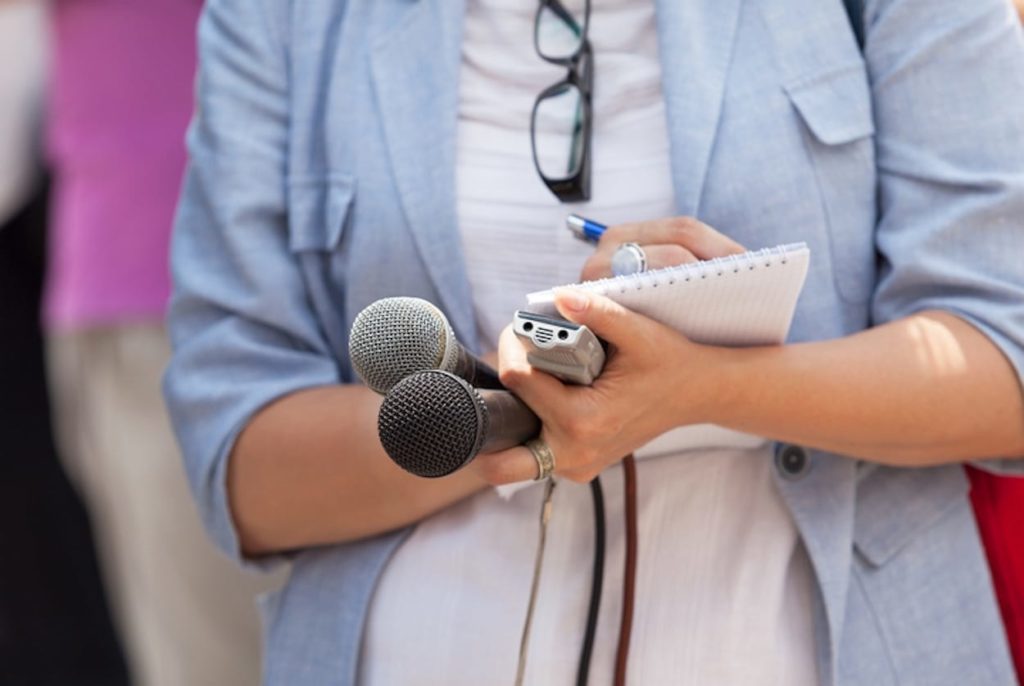
In news that won’t surprise regular newspaper readers, women continue to account for just a fraction of the experts quoted by journalists or published as commentators.
The latest research from the Women’s Leadership Institute Australia (WLIA) found just 21% of sources across a massive 6000 newsprint articles analyzed were female.
The study covered articles across Australia’s six key newspapers during a three week period in February 2016, including The Australian Financial Review, The Australian, The Age, The Sydney Morning Herald, The Herald Sun, and The Daily Telegraph.
Breaking down just where women are quoted in the papers highlights even more of a gender divide, with women accounting for 13% of sources on articles in business, 14% in finance and 20% in politics. Men were far more frequently quoted on topics related to ‘tax reform’, ‘investors’, ‘ASX’, ‘china’ and ‘profit’.
Health sections presented more opportunities for women, with 41% of sources being female, followed by education and social issues (both on 39%). Topics relating to ‘children’, ‘Nauru’, ‘murder’ and ‘foreign policy’ more frequently featured female sources. The most quoted female sources were ‘spokeswoman’, followed by Julie Bishop, Michaelia Cash, Sussan Ley and Jill Hennessy.
The Australian Financial Review featured the lowest proportion of women quoted, at just 15%, followed by The Australian on 16%. Women were much more likely to be quoted in the tabloids with The Herald Sun (28%) and The Daily Telegraph (30%) featuring the highest proportion of women sources.
In a finding that shows having more female journalists involved can make a difference, the study revealed female journalists quote female sources 27% of the time, compared with just 17% for male journalists.
Meanwhile across the ‘opinion’ section of the papers (analysed separately and over the full month of February), 21% of such pieces on politics were written by women. But when you remove the authors who’re employed as journalists or regular columnists by the publishing paper (such as Laura Tingle in the AFR) the figure drops to just 5%.
The report was launched at Victorian Parliament House Wednesday night, with the state’s small business minister Philip Dalidakis also using the occasion make become the first politician to take WLIA’s panel pledge, promising to only appear on gender diverse panels.
WLIA Executive Director Amy Mullins told Women’s Agenda that when there’s a will, the balance can be shifted by the ‘gatekeepers’ of such news (editors, producers etc), as has been done with Jon Faine’s Melbourne radio program
The Mornings with Jon Faine show on 774 ABC Melbourne has now achieved a gender balance with guests appearing on the show thanks to a “secret project” led by senior producer Daniel Ziffer to fix it. In October, Ziffer wrote about setting a 50/50 target for getting female guests on air. On their first day, they only managed 9%, then 33% overall in the first week. Within three months, with a little help from Mullins and WLIA, they reached their target.
So why is gender balance in sources quoted in the media important?
Aside from the obvious, that it makes news and analysis more interesting, WLIA says it contributes to producing “the best possible discussions and outcomes.” The report authors add that it challenges and disrupts stereotypical representations of women and creates more visible role models for women and men to look to. “Women may not have reached equal representation at the highest levels of leadership, but there is an abundance of impressive and highly-qualified women leaders and experts who are able to speak across the various topics covered in the media,” it says.
The report also outlines seven steps for newspapers to achieve balance:
- Get buy-in from your team in order to work together on this goal, or create change individually
- Set a target for gender balance. Sometimes this may involve setting smaller interim targets to help work towards 50/50
- Put strategies in place to achieve the target
- Measure your progress towards this target at regular intervals
- Report your progress to a colleague or informal advisor
- Review your strategies and their effectiveness in achieving gender balance
- When you reach gender balance, share your successes with others and as always continue to be mindful of the breadth and depth of diverse “talent” available

